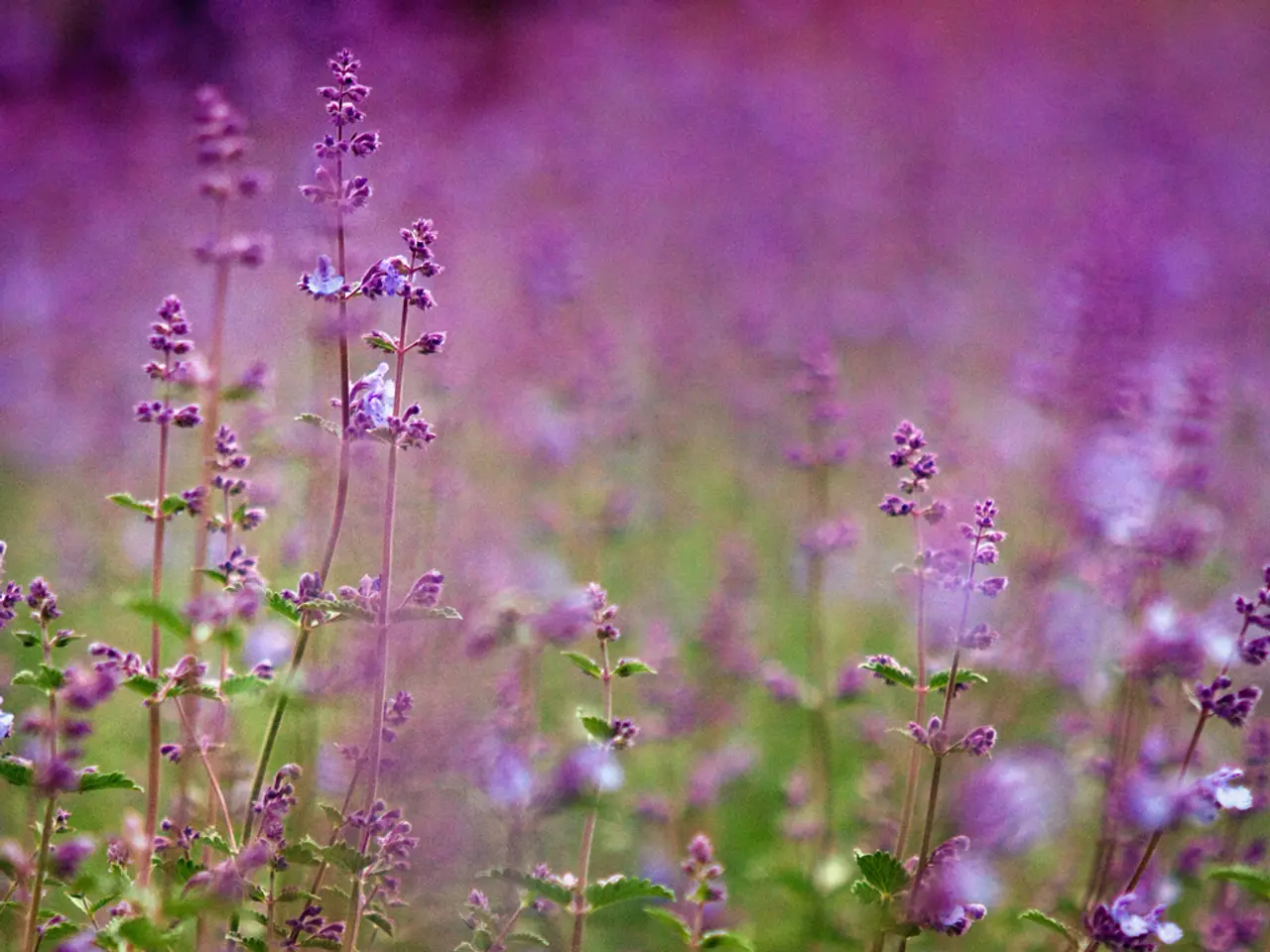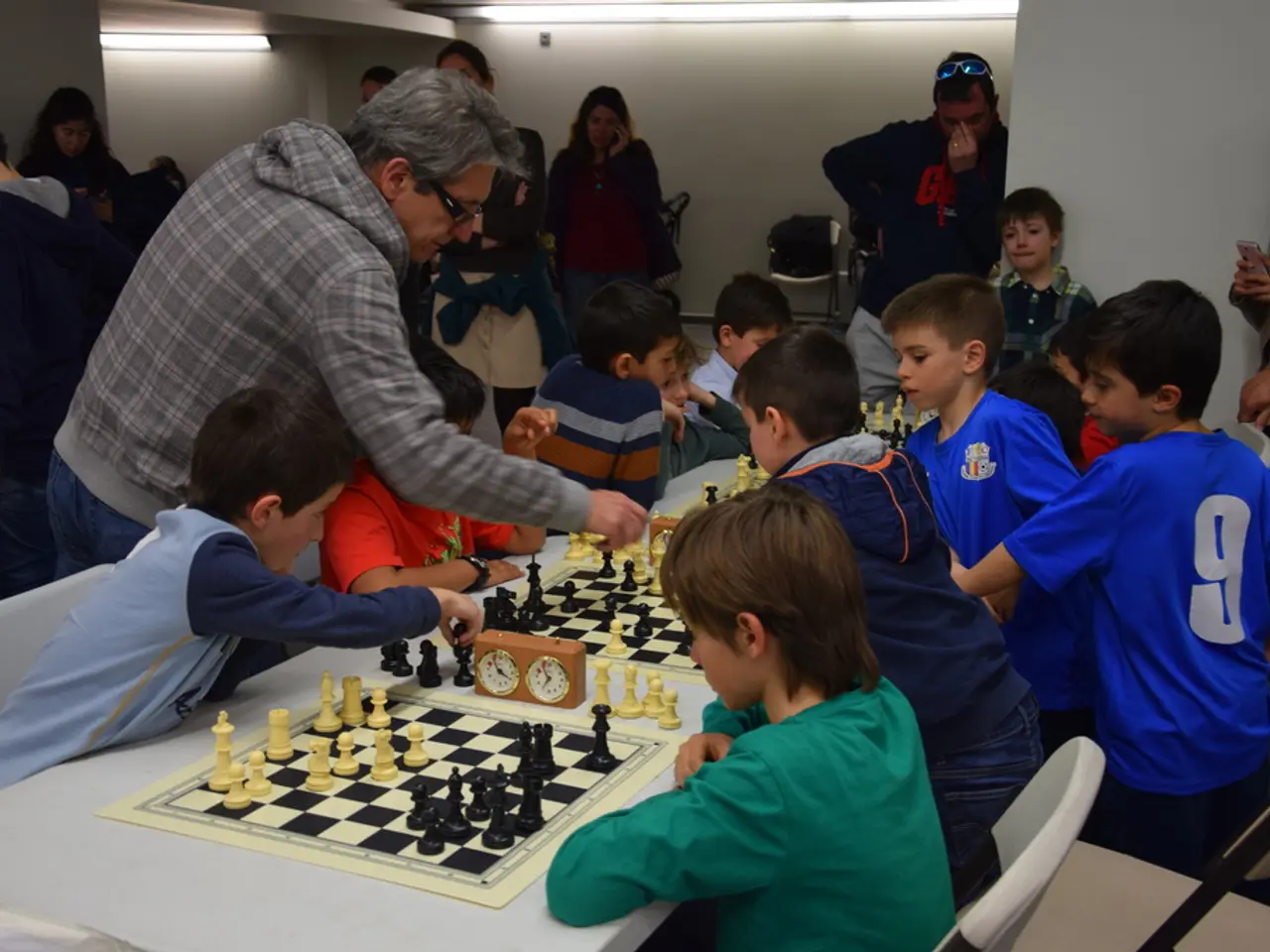One individual single-handedly cultivated a forest larger than Central Park.
In the northwest corner of India lies Majuli, the world's largest river island, home to 150,000 people and a 1,360-acre forest. This island, however, faces a significant challenge – erosion. Homes and temples, some around 250 years old, have already been lost due to this natural disaster. But there's hope on the horizon, as the efforts to combat erosion and save Majuli involve both large-scale government projects and grassroots ecological initiatives led by individuals like Jadav Payeng, known as the "Forest Man of India."
Jadav Payeng, a simple man with a remarkable mission, has single-handedly planted thousands of trees and bamboo on Majuli, making the forest bigger than Central Park. His efforts have effectively curbed erosion, providing a sanctuary for wildlife and acting as a buffer against flooding for the island’s residents.
Payeng's re-forestation efforts, spanning over four decades, have resulted in the creation of a vast forest ecosystem on Majuli Island. This forest, known as Molai, may help stop the erosion on the island. Endangered species such as Bengal tigers, elephants, and vultures have returned to Majuli due to Payeng's tireless work.
The Indian government has also taken notice of Payeng's efforts, with the former president of India, A.P.J. Abdul Kalam, recognising him as the Forest Man of India. Since 2017, a Rs 233-crore project was sanctioned specifically to protect Majuli from erosion, involving the Brahmaputra Board. However, infrastructure issues remain, with bamboo bridges collapsing and geo-bags being swept away, indicating ongoing challenges in managing erosion effectively.
The North Eastern Council (NEC) has also allocated significant funds for anti-erosion and flood mitigation projects in Assam, which includes Majuli. There are preparations underway for projects like building cluster homes for people displaced by erosion, indicating a move toward more adaptive and community-focused solutions to climate displacement.
However, the efforts of the Brahmaputra Board and other agencies have faced criticism for insufficient implementation and results. Moving forward, integrating natural ecosystem restoration with better-managed infrastructure and community adaptation strategies will be crucial to effectively combat the ongoing erosion crisis on Majuli.
Payeng's hope is that his children will continue his legacy of saving Majuli. His statement, "I am just a simple man. There are many just like me," emphasizes the potential impact of collective action. The article encourages readers to reflect on what they can do for their planet, suggesting that each individual can make a substantial difference, particularly when the planet is at stake. Jadav Payeng's inspiring story serves as a reminder that everyone has a role to play in preserving our planet.
- Jadav Payeng's consciousness about the erosion on Majuli led him to plant thousands of trees and bamboo, creating a vast forest that serves as a buffer against flooding and a sanctuary for endangered species, such as Bengal tigers, elephants, and vultures.
- The science behind Jadav Payeng's reforestation efforts on Majuli Island shows that effective environmental-science practices can slow down erosion and contribute to climate change mitigation.
- As we reflect on Jadav Payeng's inspiring story, it becomes evident that the lifestyle choices we make at home and in our gardens, such as planting trees and implementing sustainable practices, can have a significant impact on the environment, much like Payeng's efforts on the planet's larger scale.




